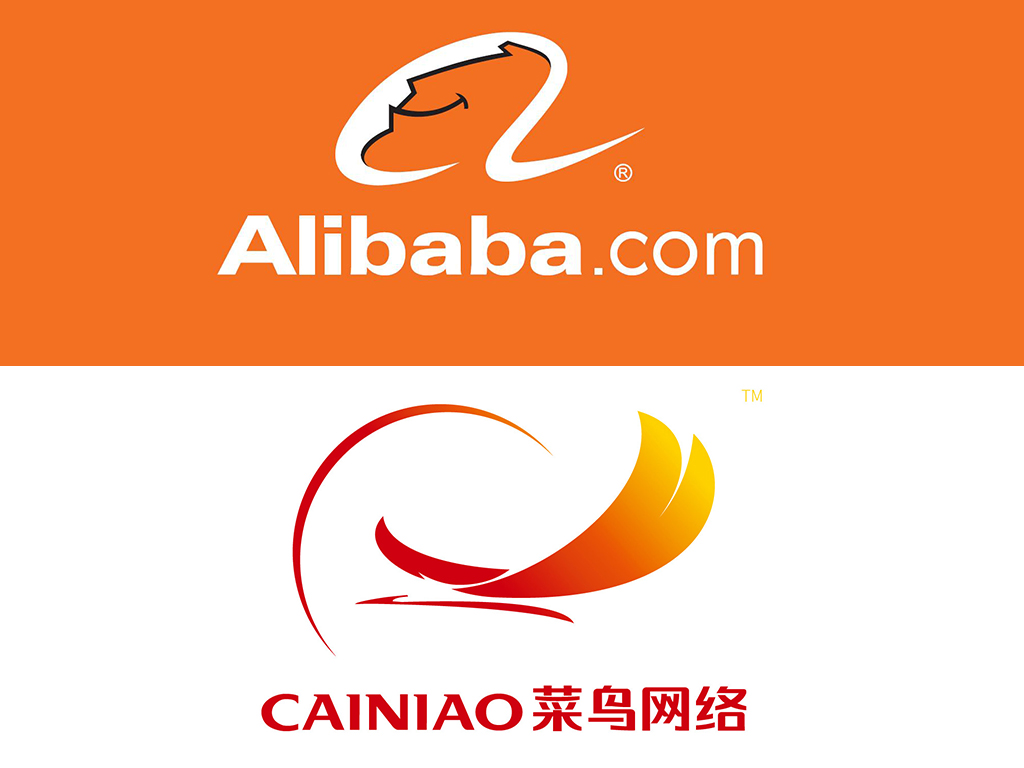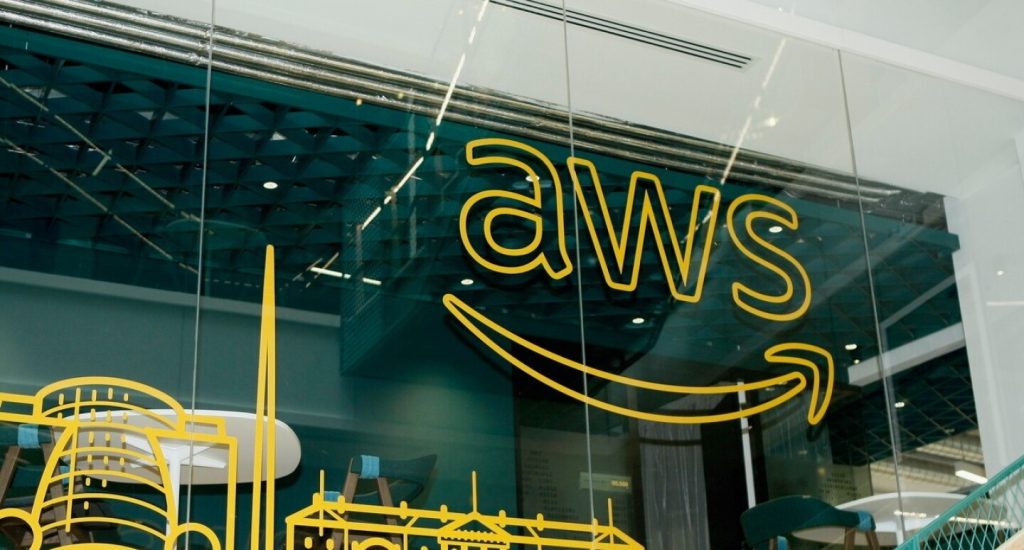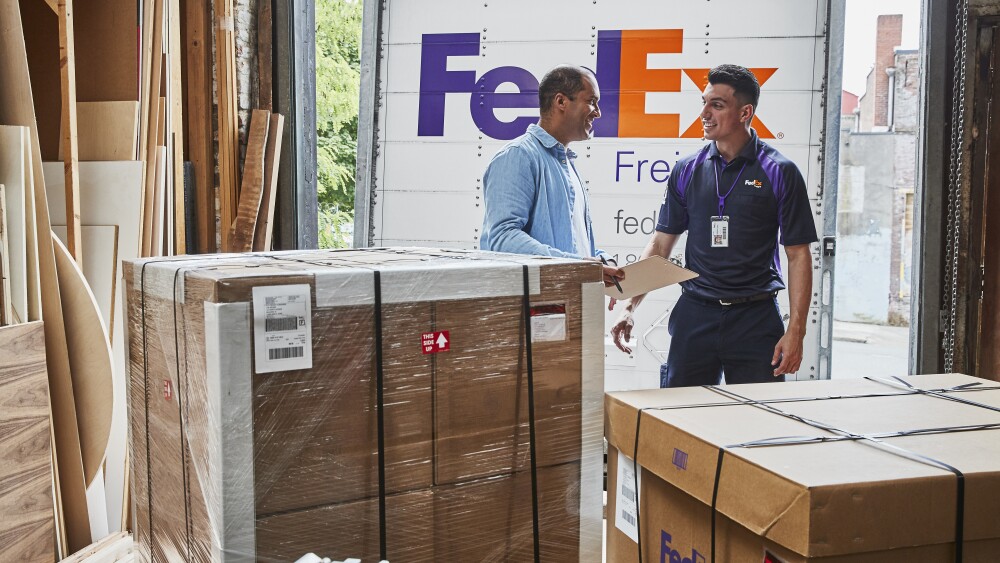 Google is eliminating third-party cookies, and retailers are actively searching for how to fill the gap.
Google is eliminating third-party cookies, and retailers are actively searching for how to fill the gap.
Cookies have long been an essential piece of online advertising, mainly because they track a consumer’s activity across the internet so advertisers can serve them relevant ads. They power what the research firm eMarketer estimated would be a $600 billion annual online advertising industry in 2023.
Now, Google is phasing them out after years of concerns over privacy. Meanwhile, cookies’ retirement has been repeatedly pushed back. Most recently, Google delayed its plans to enact the phaseout by the end of 2024 into early 2025 after restricting cookies for 1% of all Google Chrome users in January.
That gives retailers some more time to fine-tune their plans.
Cookies are a tool retailers use to reach consumers and show them relevant advertisements. They’re used to keep consumers logged in to a retailer’s website, identify them and serve them ads.
For example, cookies allow a retailer’s website to maintain a consumer’s shopping cart if she closes and later reopens the website. Moreover, they allow advertisers to show ads related to products a consumer was already looking at.
Google’s cookie deprecation refers to third-party cookies, the kind that are used to serve these curated ads.
Despite the long lead time for the phaseout, advertisers still lean on cookies. A 2023 Adobe survey of 2,667 marketing and customer experience leaders found that 75% rely heavily on cookies. 45% spend at least half their advertising budgets on cookie-based targeting.
Nevertheless, 51% of those surveyed also qualified cookies as a “necessary evil,” suggesting that they’re on the hunt for a better solution. Even so, 49% said they don’t have access to enough resources to rethink advertising strategy in a post-cookie world.
Retail media networks are shaping up to be part of the solution for some of the largest retailers. They are a type of advertising platform where retailers can sell ad space on their own digital channels to third parties. Advertisers can target their ads using the retailer’s first-party data on customers, including information from loyalty programs. Ads can be placed on retailers’ websites, within mobile apps or in stores via screens and displays.
They’re advantageous both as a way of targeting ads and as an additional revenue stream for retailers.
Many retail media networks are explicitly courting retail advertisers with the threat of a cookieless future.
For Walmart Connect, Walmart DSP will provide a solution to huge challenges that brands and agencies teams will face with the cookie deprecation process. Walmart Connect is Walmart’s retail media network.
Brands will begin to seek media with vast amounts of consumer purchase data, and we already have it through Walmart Audiences, which will also enable us to understand new audiences and potential new buyers for different categories.
Target’s Roundel retail media network has similar information on its website.
“When the cookie apocalypse hits, it will wipe out the current way the industry has built audiences and the performance measurement capabilities used to measure the effectiveness of those audiences,” the website says. “If you don’t have real database and identity resolution tools at the ready to build targeted audiences and measure closed-loop media performance, you will suddenly find yourself relying on pre-digital proxies and methods of measurement.”
It presents the solution of advertising to Target customers through Roundel.
Albertson’s, Macy’s, Best Buy, Home Depot and many others also have retail media networks.
Advertisers have proposed other solutions for ad targeting after cookies are finally phased out.
For example, the advertising company Criteo suggests tracking consumers with alternative IDs as a replacement for third-party cookies. These are browser-based technology which seeks to emulate the functionality of the third-party cookie in a privacy-safe way.
Alternative IDs work in two ways. The first, deterministic IDs, are based on consumers’ personal information after obtaining their consent and using first-party data. Conversely, probabilistic IDs attempt to identify consumers without any first-party data using signals like IP address, device type and operating system.
Generative artificial intelligence (AI) may also play a role. Using zero- and first-party data to personalize experiences for consumers can be challenging and costly to scale up. Supplement retailer GNC is using generative AI to turn that data into “hyper-personalized” recommendations, former chief information officer Scott Saeger told Retail Touchpoints.
Data clean rooms are another approach touted by Amazon and Walmart. They allow two actors — for example Walmart and an advertiser — to share their first-party data for more insights and precise ad targeting. The benefit of data clean rooms is that they can maintain privacy on the original data set.
 Two in ten surveyed online shoppers in the United Kingdom begin their search for products on social media. However, only 7 percent finalize their orders through this channel. Most of them finalize their purchase on a retailer’s website or app.
Two in ten surveyed online shoppers in the United Kingdom begin their search for products on social media. However, only 7 percent finalize their orders through this channel. Most of them finalize their purchase on a retailer’s website or app.
 Amazon.com Inc. confirmed it will hold another Prime Day sale in July 2024. It will be the 10th year Amazon has held the sale. The retailer did not share the date of the sales event yet, but said it will share more details as it gets closer. A source at Amazon confirmed to Digital Commerce 360 that the Prime Day 2024 event will fall July 11 through 13.
Amazon.com Inc. confirmed it will hold another Prime Day sale in July 2024. It will be the 10th year Amazon has held the sale. The retailer did not share the date of the sales event yet, but said it will share more details as it gets closer. A source at Amazon confirmed to Digital Commerce 360 that the Prime Day 2024 event will fall July 11 through 13. Google is eliminating third-party cookies, and retailers are actively searching for how to fill the gap.
Google is eliminating third-party cookies, and retailers are actively searching for how to fill the gap. Alibaba Group Holding Limited announced that it grew revenue 7% year over year in its fiscal fourth quarter ended March 31, 2024, but income from operations decreased 3%. Meanwhile, net income decreased 96% compared to the prior Q4.
Alibaba Group Holding Limited announced that it grew revenue 7% year over year in its fiscal fourth quarter ended March 31, 2024, but income from operations decreased 3%. Meanwhile, net income decreased 96% compared to the prior Q4. Pepper announced it raised $30 million in a Series B funding round. The ecommerce platform for food distributors will use the money to invest in generative artificial intelligence (AI), add new advertising capabilities and make other improvements, it said.
Pepper announced it raised $30 million in a Series B funding round. The ecommerce platform for food distributors will use the money to invest in generative artificial intelligence (AI), add new advertising capabilities and make other improvements, it said. After a yearlong stretch of supply chain and market disruption, distributors are sharpening their digital commerce growth strategies, adapting to new ecommerce demands in the manufacturing and distributing world. In doing so, they’re working to provide more value and a better customer experience choosy and careful buyers.
After a yearlong stretch of supply chain and market disruption, distributors are sharpening their digital commerce growth strategies, adapting to new ecommerce demands in the manufacturing and distributing world. In doing so, they’re working to provide more value and a better customer experience choosy and careful buyers. Amazon will cut hundreds of jobs in its Amazon Web Services (AWS) division. The layoffs will impact “several hundred” sales, marketing and global services (SMGS) roles. In addition, AWS will also cut “a few hundred roles” on the Physical Stores Technology team, the retailer told Digital Commerce 360.
Amazon will cut hundreds of jobs in its Amazon Web Services (AWS) division. The layoffs will impact “several hundred” sales, marketing and global services (SMGS) roles. In addition, AWS will also cut “a few hundred roles” on the Physical Stores Technology team, the retailer told Digital Commerce 360. FedEx Corp.’s Small Business Trade Index data shows that the growth of ecommerce is vital to U.S. small and medium-sized businesses (SMBs).
FedEx Corp.’s Small Business Trade Index data shows that the growth of ecommerce is vital to U.S. small and medium-sized businesses (SMBs). Provi, a B2B online marketplace featuring more than 1,400 alcoholic beverage distributors, has launched new services to streamline retail chains’ often complex purchasing needs.
Provi, a B2B online marketplace featuring more than 1,400 alcoholic beverage distributors, has launched new services to streamline retail chains’ often complex purchasing needs.